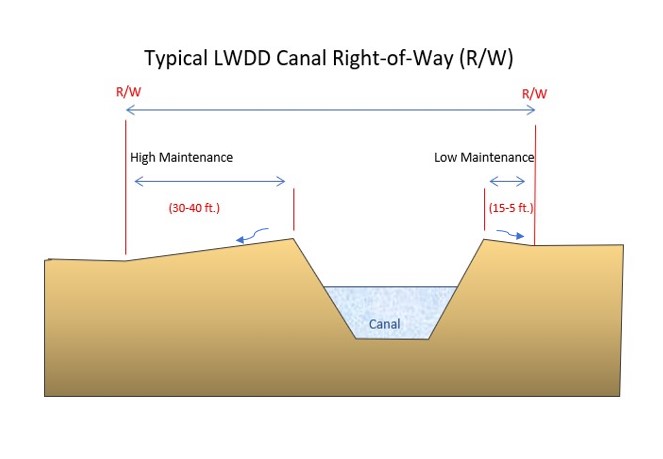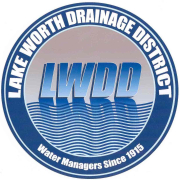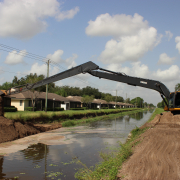Nearly eight years ago, the Lake Worth Drainage District (LWDD) embarked on a large-scale Canal Rehabilitation Program. The Canal Rehabilitation Program includes removal of trees, vegetation, and structural encroachments located within the LWDD rights-of-way, as well as the restoration of canal banks to their original design to enhance drainage and provide adequate maintenance access.
The initial focus of the Canal Rehabilitation Program was removal of vegetation that threatened drainage and obscured right-of-way access. In 2024, LWDD will complete removal of vegetation from over 180 miles of canal rights-of-way. In the future, the rehabilitation program will shift focus to restoration of canal banks and removal of structural encroachments within the rights-of-way.
Over the decades, some areas of the canal system have experienced erosion or sloughing of soil materials from the canal side walls and/or the buildup of decomposing vegetation on the canal bottoms. These occurrences can modify the shape, location, and depth of the canal. The canal bank restoration projects will bring the affected canals back to optimum flood control function. Operational tasks may include dredging of the canal bottom, reshaping of the canal bank and realignment of the canal channel. Included in the project is the analysis of the LWDD’s canal system with computer-aided modeling. This data will assist water managers with planning for future water control and supply needs.
As seen in the diagram below, the typical design of an LWDD canal allows stormwater runoff to flow away from the canal channel. A proper canal bank design should direct stormwater runoff into the drainage system facilities of the neighborhood such as swales, street drains and stormwater ponds. Regional water management regulations do not permit stormwater to flow over the canal bank and into the canal channel directly. Community associations should note that poorly maintained grading of their property can create pooling or flooding issues during rain events. Additionally, failures in encroaching irrigation pipes, pool drains, or roof gutters may cause dangerous washouts in residential yards and on the LWDD rights-of-way. The association may be liable for damages resulting from the installation of unauthorized encroachments or lack of maintenance. It is in the best interest of the community to plan and budget for future repairs to property grading and the removal or relocation of encroachments.
LWDD looks forward to working with our community associations and residents as we take the next step toward enhanced flood control. For questions or to find out ways you can help with the Canal Rehabilitation Program, contact us at info@lwdd.net.








